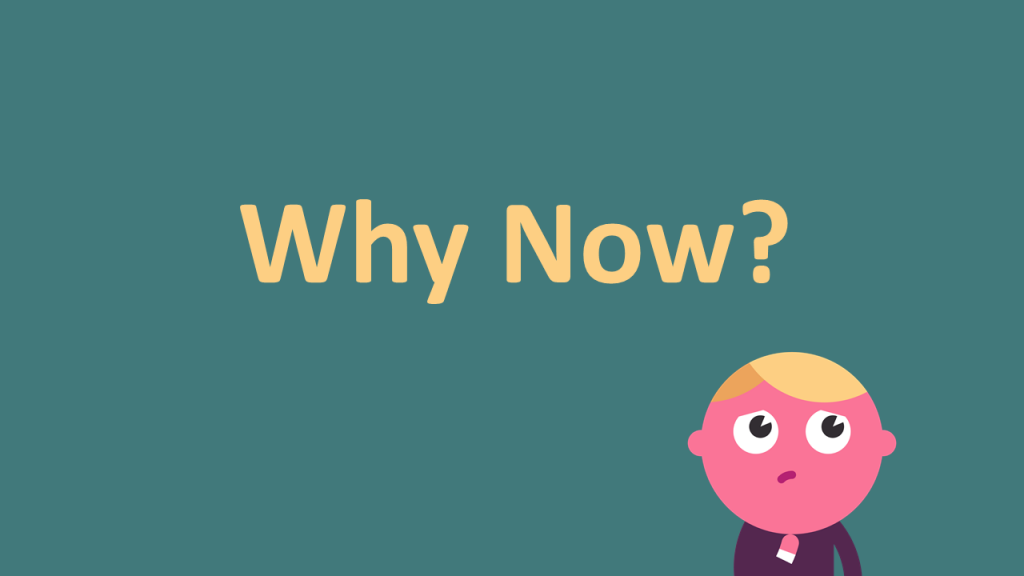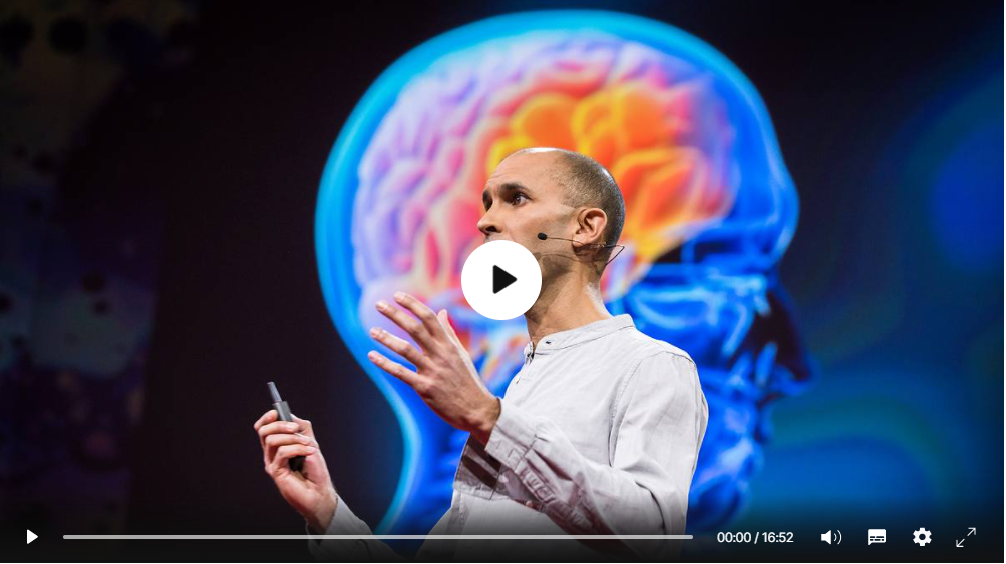Why Change Now?
By Mark Vincent
Share

In the digital age, change is a journey, not a destination. How can you optimise your business to change with the times?
Digital transformation is one of the biggest business challenges of our age. The need to evolve and innovate is fierce. Nobody wants their organisation to be the next Blockbuster, Kodak or Nokia. But with anything up to 70 percent of change management efforts doomed to fail, the stakes are high.
How do some businesses stay ahead of the curve while others lag behind?
People are people
I’ll let you into a secret. It’s not all about having the latest shiny technology or a sophisticated strategy. Human behaviour is the single most important element. Change initiatives stand or fall based on whether hearts and minds are engaged, whether they’re working with the change or against it.
So, we know from experience that people are a primary factor enabling or hindering successful change. And we know that digital transformation requires the pace and rhythm of change to up-tempo. What’s the best way then to create a dynamic culture where people are energised by opportunities, not obsessed with problems?
Understanding human nature, and barriers to change, is a good place to start.
A sense of urgency
The digital age has short-circuited traditional patterns of product and service development for many industries. Innovation and change can no longer operate as ring-fenced projects that are meticulously planned and managed. There is no time for deliberation or procrastination. If you wait and see what your competitors are going to do you risk being left behind. Or worse, finding that a new start up has pulled the rug from under you all with a disruptive new approach. It’s kind of scary, isn’t it?
Nobody wants their organisation to be the next Blockbuster, Kodak or Nokia
Acknowledging the fear factor is essential. Because if you want to foster innovation, you need to motivate and empower people to explore new ideas and make decisions, in essence to move out of their comfort zone. This requires trust. People need the confidence to take a certain amount of risk, safe in the knowledge that if things don’t go to plan nobody’s neck will be on the line.
It’s natural to put off challenging tasks and stick with what we know and yet we know that personal development and growth come from that place, where we do something new that has no guarantee of success and that pushes the edge in some way. Encouraging that mindset is what sets the best organisations apart from the rest.
And evidence shows that the earlier an organisation makes a given change, the greater the likelihood of success. So, it’s important to instil a sense of urgency, starting with business leaders and decision makers then extending right across the business.
Fostering change-readiness
All of this marks a fundamental shift from change management to change leadership. It requires a level of decentralisation, putting more power in the hands of staff.
But we don’t need to rip up the rulebook just yet.
Fluidity and immediacy are the hallmarks of a dynamic, change-ready culture. However, a framework is needed to avoid chaos and ensure progress is made.
We use 5 key elements (posed as questions here) to help guide us and give us the best chance of a successful outcome:
- Motivation – does everyone involved fully understand why they need to be part of the change (from their perspective) and feel emotionally connected to achieving the vision? In other words does it feel like everyone is truly in it together? We call that Energising the change.
- Barriers – do we understand all the things that will cause people to pause or resist the change? Are there things about the organisation itself that will make the change more difficult? Do we know what we’re going to do to address those barriers or “friction” that will work against it? We call that Enabling the change.
- Journey – Does everyone know how the journey will be taken and does it feel achievable to them? Are there some early wins or visible measures of progress to keep everyone motivated when things get tough? Does everyone know what do to and can they see progress as it happens? We call that Executing the change.
- Making it stick – Do we understand how we’re going to sustain the changes beyond initial implementation and turn them into positive habits that stick. Are we leading by example from the top, are we reinforcing and rewarding the right behaviours and actively discouraging the old ones? We call that Embedding the change.
- Reflecting and adjusting – Are we truly understanding how we’re doing as we go? For example, how is everyone feeling about it? what are we learning? what can we improve? And is there anything we need to take into account within the wider context that could affect either the need for change or the way in which we do it? We call that Evaluating.
If you’ve yet to start your digital transformation journey, or you fear it has stalled, consider whether everyone is truly engaged and on board with what needs to happen.
A great place to start is with a change readiness assessment, that way you can use real data to see what everyone is already thinking but may not be saying out loud. You’ll see what the change looks like through their eyes. You’ll immediately know where to focus in order to truly accelerate your change, enjoy better outcomes, reduce stress (yours and those around you) and even have more fun!
One thing is certain, in the world we find now ourselves, the time to change is always now.
Act now to start engaging your people and accelerating your change
Get in touch
If you’re starting a change, or already on the journey and need some support, we can help.
Whether it’s coaching or mentoring your leadership team, diagnosing low engagement or leading a change on your behalf, we have a range of options to suit different situations and budgets. Contact us by clicking the button to find out more.
Related content
Anil Seth – Your brain hallucinates your conscious reality
A powerful talk that shows how easily we are tricked into beliefs and perspectives that turn out to be different to what we initially thought.
How to ensure your business changes stay airborne
With the end of the year in sight, many organisations are resolving to make big changes in the coming year, especially given the uncertainty around topics such as the energy crisis and uncertainty in the global markets. At the same time staff retention is becoming a hot topic for many. So how change is delivered is becoming ever more critical.
Our Mission
To be the trusted partner for organisations needing help with difficult change situations. To be recognised as a leading and trusted voice in the topic of business change and change leadership. To be pioneering in…






